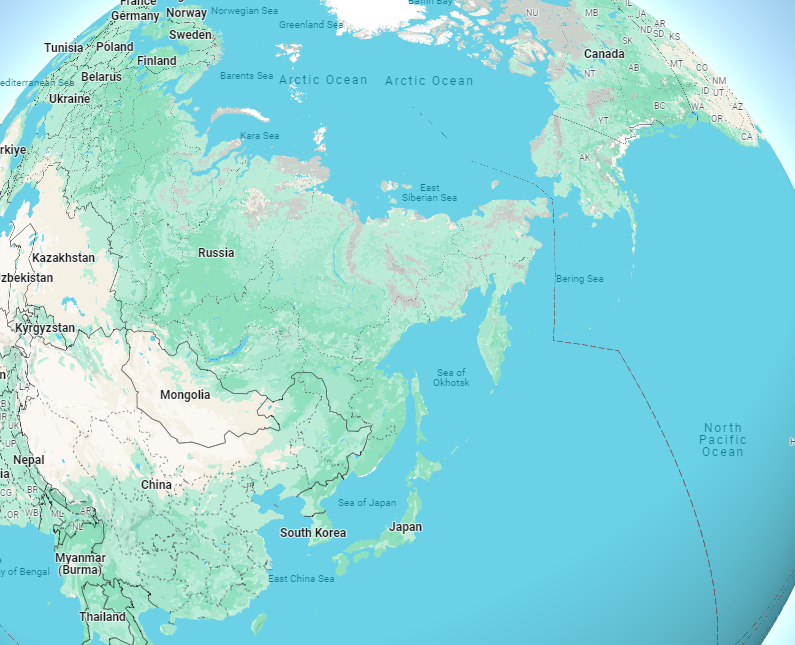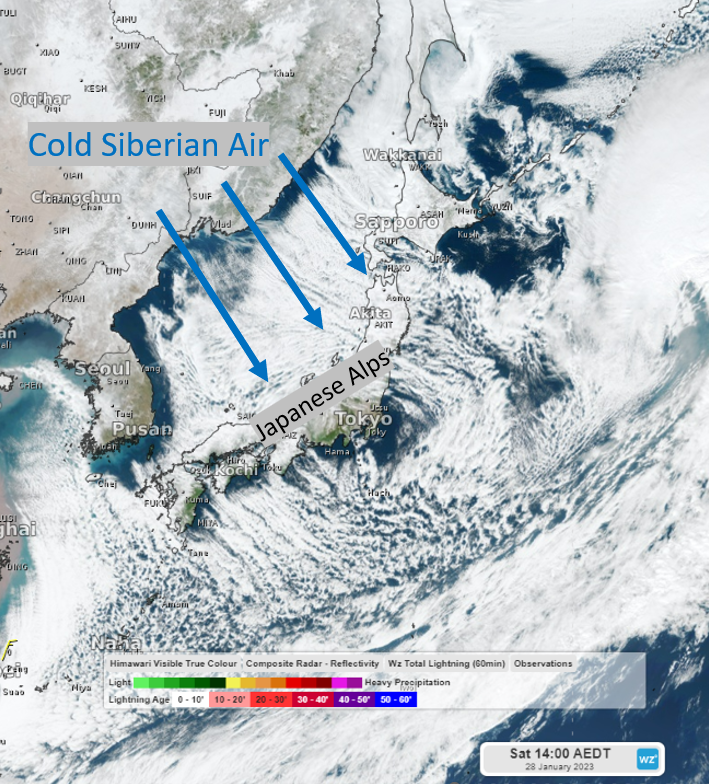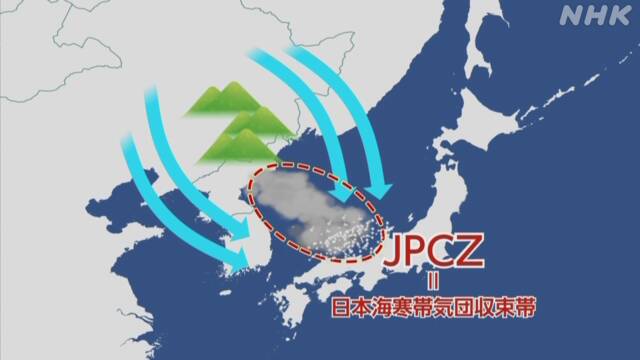Why the snow is better in Japan than Australia
It’s that time of year again in Australia when the temperature is over 30 and everyone is at the beach or watching the cricket. And yet, there’s a particular subset of Australians who have a different mindset. For them, this time of year means snow! The snow season in Japan is kicking off and with Christmas out of the way, many Australians are packing their skis and snowboards and flying up to Japan.
Japan is widely known amongst the snow crowd for having some of the best snow in the world. But why? And why is it so much better than Australia? And am I un-Australian for making such a claim?
On the face of it, there are actually a few similarities between the ski fields of the two countries. Major resorts in Australia sit between about 1500-2000m altitude and at a latitude of 36°S. Japan also has ski resorts at a similar altitude and similar latitudes; Hakuba is at 36.7°N and around 1800m while Niseko is at 42.8°N and around 1300m (for reference Hobart is at about 42°S).
So, what’s going on? Well the main difference is the weather patterns.
In Australia, most of our snow is associated with cold fronts which, while frequent, are also brief. The Northern Hemisphere is a different beast altogether. The Arctic Ocean is almost entirely surrounded by land. As a result, many of the high pressure systems, particularly the Siberian High pressure system, are nearly stationary. What this means for Japan is that for most of the winter months, it is subject to some sort of northwesterly airstream.

Geography of Japan in the context of the greater Northern Hemisphere. Source: GoogleMaps
The extremely cold and dry air from Siberia moves southwards across the Sea of Japan and picks up bucket loads of moisture. As it continues moving south, the air encounters the Japanese Alps, dumping vast amounts of moisture as snow.

Satellite image of a typical winter weather pattern in Japan
As a result, around 10-15m of snow falls on average each year on the Japanese ski resorts. Even the small city of Kanazawa which sits on the northwest coast of Japan at only 36.5°N receives more than 2m of snow per year. Try to imagine that happening in Melbourne!
Interestingly, the snow is generally confined to the northern side of the Alps in Japan. Tokyo, on the southern side of the mountains, rarely sees snow—usually just a day or two each year.
But there’s also another small-scale effect that further enhances snowfall adjacent to the Sea of Japan: the Japan Sea Polar mass Convergence Zone or JPCZ (or for those playing at home in Japanese nihonkaikantaikitanshusokutai).

JPCZ mechanism. Source: NHK News
When the cold Siberian air travels across the Changbai Mountains of the northern Korean Peninsula, the airmass splits. The airmass then recombines further south, over the Sea of Japan, forming a convergence line, up to 1000km long. This convergence further enhances the uplift of air and hence, snow/rainfall.
The JPCZ can persist for up to a week and occurs several times each winter. The enormous amounts of snow that it dumps on northwestern Japan can even become quite dangerous. Around this time last year, the JPCZ dumped a few metres of snow on Niigata Prefecture, leaving 800 motorists stranded in the city of Kashiwazaki.
As for this season, with El Niño forecast to bring a less than average season for Japan, I’m sure there will still be plenty of snow for Aussies to enjoy.
Finally, if going all the way to Japan for a holiday is out of reach, consider some of the summer activities in the Australian Alps. There’s a great range of hiking, mountain bike riding and even altitude training on offer if you’d prefer to support the Australian ski resort operators.